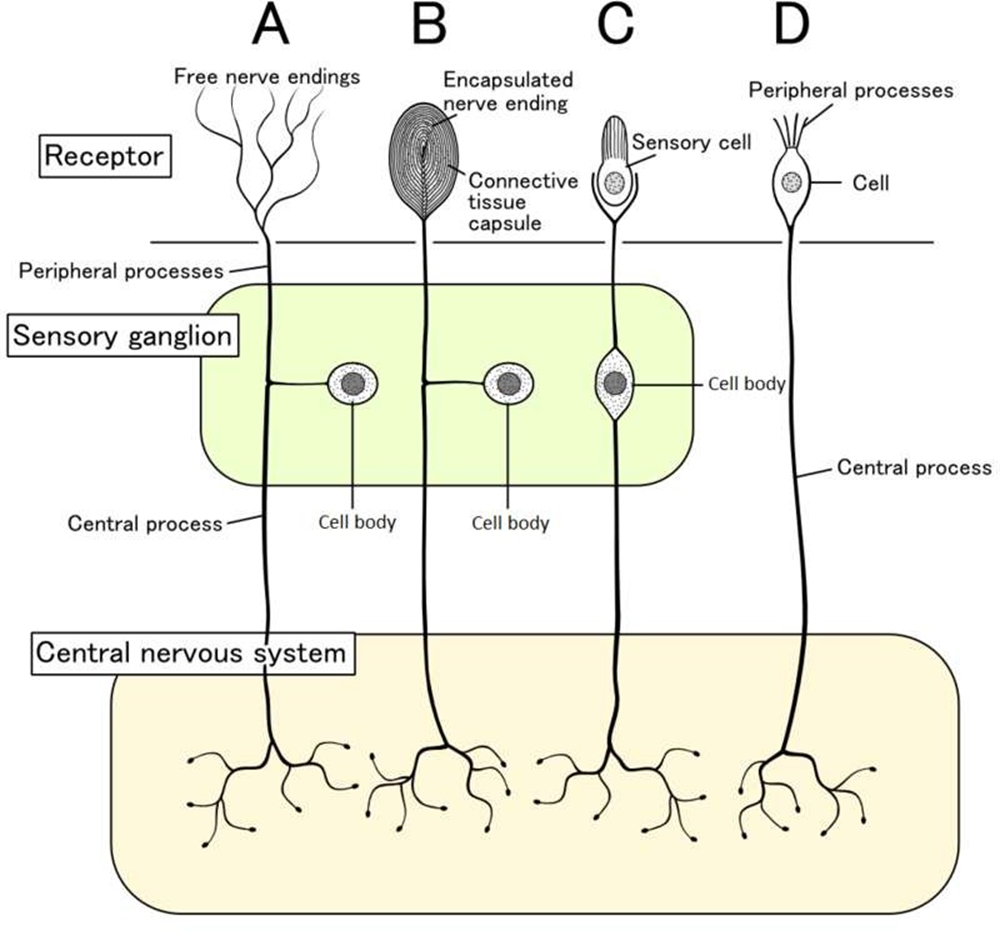A nurse is caring for a patient who is postoperative and receiving fentanyl via patient-controlled analgesia. The patient has a prescription for naloxone.
What is the purpose of naloxone?
To suppress respiratory secretions
To block the effects of opioids on the central nervous system
To treat nausea
To treat urinary retention
The Correct Answer is B
Choice A rationale:
Naloxone does not have any direct effect on respiratory secretions. It works by binding to opioid receptors in the brain and reversing the effects of opioids, such as respiratory depression.
While opioids can cause a decrease in respiratory secretions, this is not the primary reason for administering naloxone.
It is important to note that naloxone can actually worsen respiratory secretions in some patients, particularly those with chronic obstructive pulmonary disease (COPD) or other respiratory conditions.
Choice B rationale:
Naloxone is a medication that is specifically designed to block the effects of opioids on the central nervous system (CNS).
It is a competitive antagonist, which means that it binds to opioid receptors in the brain and prevents opioids from binding to those receptors.
This can reverse the effects of opioids, such as respiratory depression, sedation, and hypotension.
Naloxone is often used to treat opioid overdose, but it can also be used to prevent opioid-induced respiratory depression in patients who are receiving opioids for pain relief.
Choice C rationale:
Naloxone is not effective in treating nausea.
In fact, it can actually worsen nausea in some patients.
This is because naloxone can block the effects of opioids in the brain, and opioids can sometimes have a nausea-relieving effect.
Choice D rationale:
Naloxone is not effective in treating urinary retention.
Urinary retention is a common side effect of opioids, but it is not caused by the effects of opioids on the CNS. Urinary retention is typically caused by the effects of opioids on the bladder muscles.
Nursing Test Bank
Naxlex Comprehensive Predictor Exams
Related Questions
Correct Answer is B
Explanation
Choice A rationale:
The spinal cord plays a crucial role in pain transmission, but it does not initiate the afferent pathways. It receives pain signals from nociceptors and relays them to the brain for processing.
The spinal cord is also involved in pain modulation, as it can dampen or amplify pain signals depending on various factors. However, it is not the primary trigger for pain sensation. That role belongs to nociceptors.
Choice B rationale:
Nociceptors are specialized sensory receptors that detect potentially damaging stimuli, such as intense heat, pressure, or chemical irritants.
They are located throughout the body, including the skin, muscles, joints, and internal organs.
When nociceptors are activated, they generate electrical signals that travel along nerve fibers to the spinal cord and brain. This process initiates the afferent pathways, which ultimately lead to the conscious perception of pain.
Nociceptors are essential for protecting the body from harm. They alert us to potential dangers and trigger responses that help us avoid injury or further damage.

Choice C rationale:
Endorphins are natural pain-relieving substances produced by the body. They act on receptors in the brain and spinal cord to reduce pain perception.
However, endorphins do not trigger the afferent pathways. They work by modulating pain signals that have already been initiated by nociceptors.
Choice D rationale:
The cortex is the outer layer of the brain that is responsible for higher-level functions, such as thinking, feeling, and decision- making.
It plays a role in the conscious experience of pain, but it does not trigger the afferent pathways.
The cortex receives pain signals from the spinal cord and processes them, leading to the awareness of pain.
Correct Answer is B
Explanation
Choice B rationale:
Stridor is a high-pitched, wheezing sound that is heard during inspiration. It is caused by a narrowing or obstruction of the upper airway. This can be a serious complication after extubation, as it can indicate that the patient is not able to breathe adequately. Stridor can be caused by a number of factors, including:
Laryngeal edema: This is swelling of the larynx, which can be caused by irritation from the endotracheal tube.
Laryngospasm: This is a sudden constriction of the muscles of the larynx, which can be caused by irritation or by a foreign body in the airway.
Vocal cord paralysis: This is a loss of movement of the vocal cords, which can be caused by damage to the nerves that control them.
Blood or secretions in the airway: These can obstruct the airway and cause stridor.
It is important for the nurse to report stridor to the provider immediately so that the cause can be identified and treated. Treatment may include:
Oxygen therapy: This can help to improve the patient's breathing.
Medications: These may be used to reduce inflammation or to relax the muscles of the airway. Reintubation: This may be necessary if the patient is not able to breathe adequately on their own.
Whether you are a student looking to ace your exams or a practicing nurse seeking to enhance your expertise , our nursing education contents will empower you with the confidence and competence to make a difference in the lives of patients and become a respected leader in the healthcare field.
Visit Naxlex, invest in your future and unlock endless possibilities with our unparalleled nursing education contents today
Report Wrong Answer on the Current Question
Do you disagree with the answer? If yes, what is your expected answer? Explain.
Kindly be descriptive with the issue you are facing.
